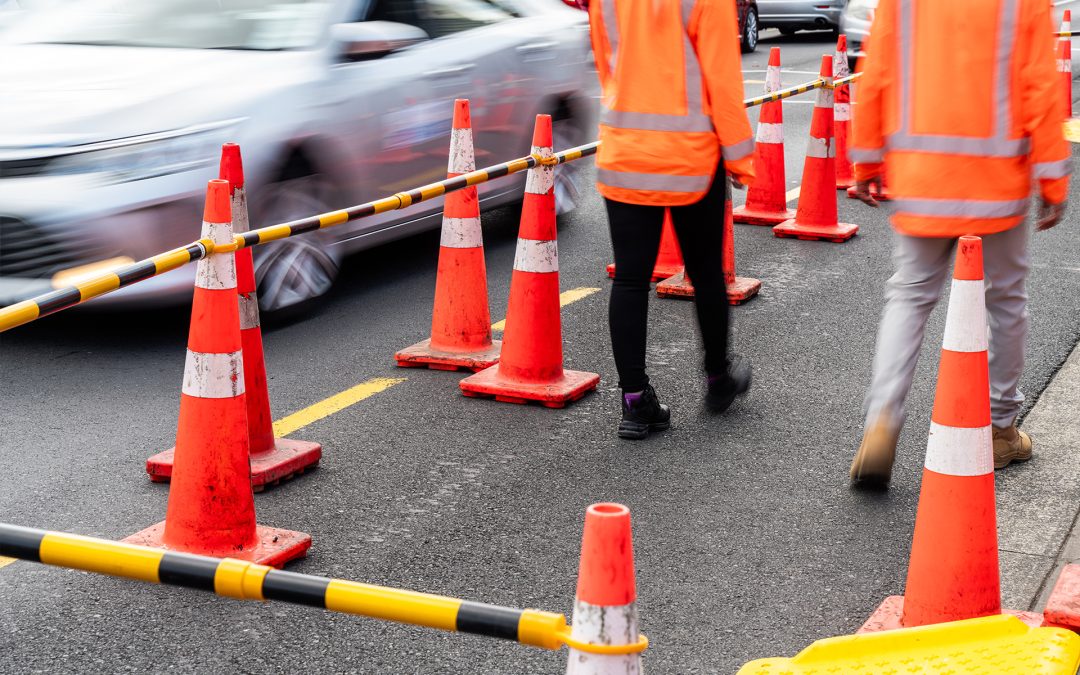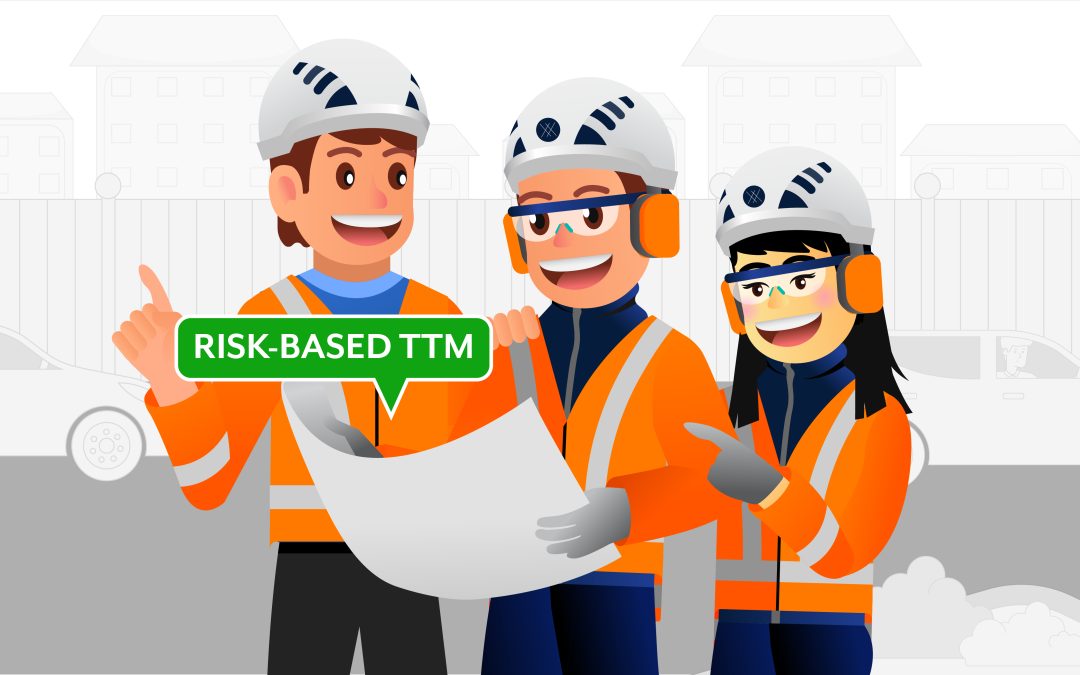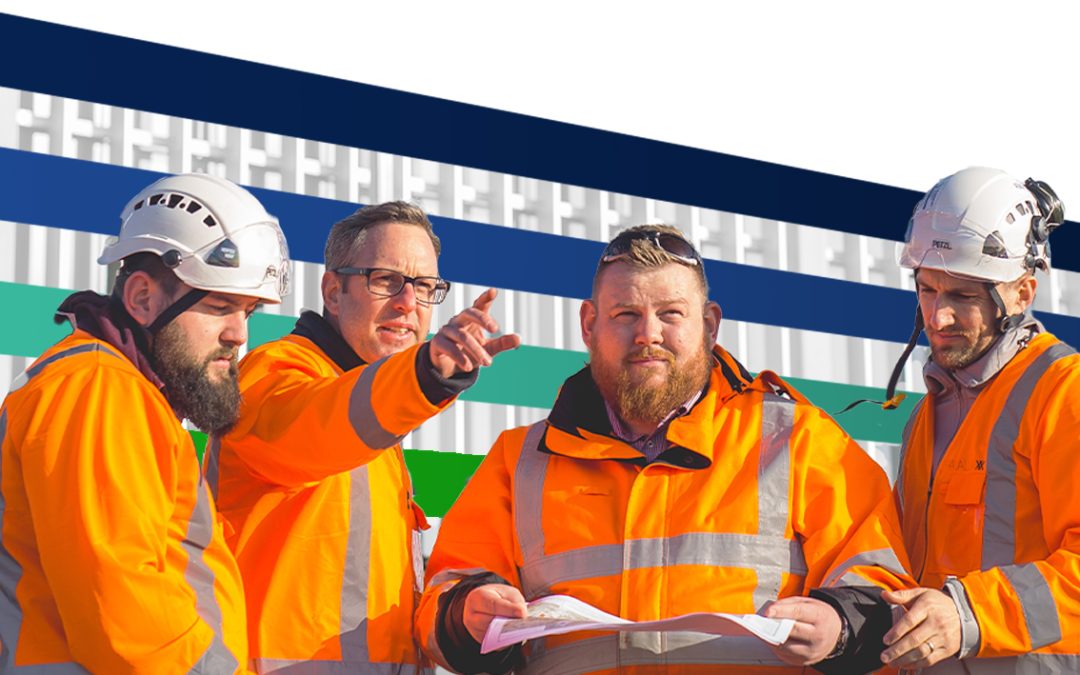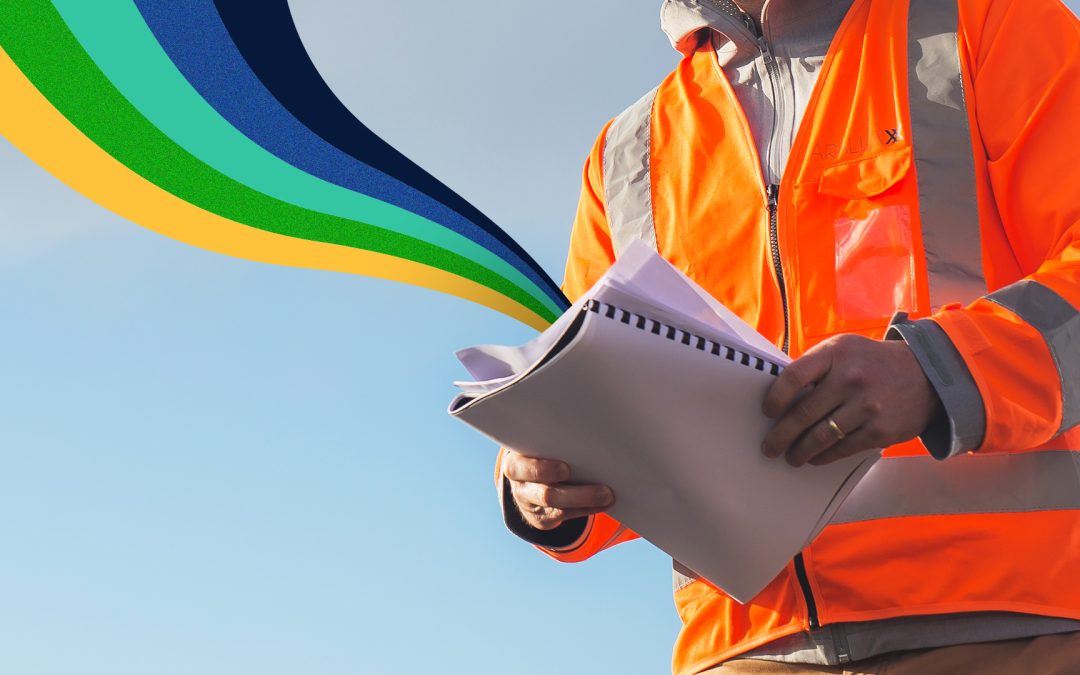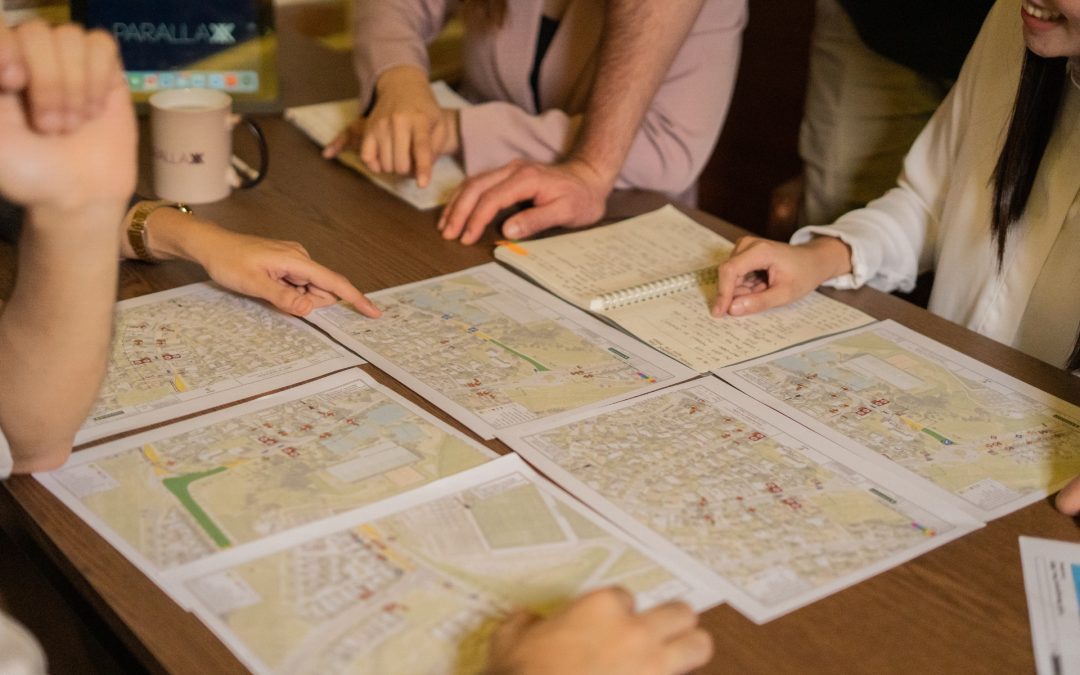Email from Tom Kiddle, TTM Manager, Auckland Transport.
– TTM Industry Update #54: Controls required for working on Auckland Transport Level 2LS, Level 2 & Level 3 Roads; Traffic Management Planners; Road Categories and Road Levels
Controls required for working on Auckland Transport Level 2LS, Level 2 & Level 3 Roads
Over the last several years, many organisations have implemented an TTM monitoring programme of worksites. This has been undertaken for a number of reasons including development of STMS employed, quality control and verification of performance to name a few. Many organisations will have noted the benefits of doing this monitoring as part of a long term improvement plan and operation perspective.
Those of you who have read the article in a recent AT TTM newsletter titled Rasmussen’s Risk Management Framework will further understand the need for monitoring and verification. We are all aware of the occurrence of Human Error factors especially prevalent when limited checks and verification is undertaken.
We are mindful of the need to take a risk based approach to ensuring adequate auditing is being undertaken on our AT road network. The requirements below will be increased in the near future. This is a starting point at which we believe there is currently sufficient quality auditing resources available (or perhaps a small stretch) to achieve. We therefore encourage all organisations to actively develop their resources to work to exceed the requirements below.
Proactive Measures
Effective 14th June 2021:
All worksites which directly affect any road user (traffic lane, cycle lane or footpath including diversions) on Level 2LS, 2 & 3 roads are required to undertake a full documented TTM SCR on:
- The first day of operation
- At least one in any 10 (or less) working day period thereafter (eg if the worksite is 21 working day, a minimum of 3 TTM SCR will be completed)
- In addition, the next working day after any TTMS SCR with a result of Unacceptable or Dangerous
- In addition, at least once in every 10 calendar days of the unattended phase (although not necessarily the first day/night) worksite presence on the road network
- Immediately after the completion of the activity, to ensure all risks are removed/eliminated and there is no redundant TTM equipment left behind.
Copies of all TTM SCR shall be left with the STMS and remain available on site with the TMP (when the site is active). Copies / evidence of the monitoring requirements are to also to be made available to AT RCA to verify quality and provide feedback to the auditor. This could be by:
- Upload to the WAP on MyWorkSites; or
- Sent to Notifications@at.govt.nz; or
- Other accepted means of verification to satisfy ourselves the monitoring is being met (contact AT to discuss your proposal)
This will need to include any relevant photos and other site evidence.
All TTM SCR must be completed by a suitably experienced TTM Auditor. We note currently no formal qualification exists although AT continue to provide informal training of TTM Auditors in the industry. We do have a list of known experienced TTM Auditors who have at least reasonable levels
of competence (or more). If you wish to get a copy of this list, please let us know. If you wish to be on this list (and you are not currently), please let us know and we will arrange a joint ride along if necessary to satisfy ourselves that you likely meet reasonable minimum standards (note that this will not result in a formal qualification of any kind).
It is recommended that the auditing be directly undertaken or commissioned by the Contracting PCBU as a means of verification of the performance of the safety controls implemented during the undertaking their activity / works.
This applies to all activities on the Level 2, 2LS & 3 road corridors directly affecting any road user. This will be set as a WAP condition in the very near future to support this initiative.
Reactive Measures
Effective date 14th June 2021:
All TTM SCR undertaken by AT TTM Advisors (or myself) which are found to be Dangerous on a Level 2LS, 2 or 3 road (an average of 8 per year over last 6 + years) will result in a Org NNC being considered for each organisation involved. The AT TTM Review Panel will decide on this.
AT will report of all Dangerous TTM SCR issued each quarter in the quarterly AT TTM Newsletter. This will initially include the client name and a summary of the significant issues. Other organisation names may be included in future issues.
Coming soon:
We are currently working on improving tracking of responses to Notices issued. Some might be aware that a significant number of notices are not responded to or not adequately. We advise out intent to commence considering the issue of a Org NNC where an organisation fails to respond (or respond adequately) especially with respect to Notices issued as a result of TTM SCR on Level 2LS, 2 & 3 roads. This may be implemented in the future without further warning. Factors to be considered will include (but not be limited to) the duration of non-satisfactory response and the extent / number of issues / TTM SCR involved.
– TTM Industry Update #55: FAQ for Controls required for working on Auckland Transport Level 2LS, Level 2 & Level 3 Roads (Industry Update #54)
Question: When you require an audit to be completed every 10 calendar days of the unattended phase, what do you mean?
Answer: For example, worksites which are in place continuously for 6 weeks (attended daytime and unattended overnight and weekends) unattended each week, you would require an audit on at least every 10 days of the unattended phase. In another example, if all risks and all TTM are removed at end of each workday, no auditing would be required of the unattended phase.
Question: What is meant by “Immediately after the completion of the activity”?
Answer: For example, worksites which are in place continuously for 6 weeks (attended daytime and unattended overnight and weekends) unattended each week, you would require an audit on at least every 10 days of the unattended phase. In another example, if all risks and all TTM are removed at end of each workday, no auditing would be required of the unattended phase.
Question: Where an experienced auditor is also in charge of a worksite, can they undertake the audit?
Answer: We already have a self-check process via the on-site monitoring and subsequent On Site Record. A robust quality management system does not rely on self-checking given the failure of most humans to identify all the mistakes that they themselves inadvertently make. The auditing needs to be done by a different experienced auditor who is not in charge of the worksite.
Question: Where an external TMP is supplied to our STMS and has been approved prior to the 1/05/2021, but on the CoPTTM search the TMP shows it was not prepared by a practicing TTM Planner, Does the deploying of the TMP still risk a Stop Works Order?
Answer: No. This only apply to TMPs approved after the 1/05/2021.
Question: If the job is just for a few hours or one interpeak shift (or similar such as planned or unplanned works), would an audit be required? If so, what would the requirements be?
Answer: The sample rate (of one in ten) would pivot from the worksite as the focus to the STMS. In this case, the STMS shall be audited on the first day and every ten days thereafter. In addition, the next working day after any failed result. Likewise, the one in ten sample rate would apply for unattended worksites the STMS is involved with. It’s about reducing the risk, improving performance of all parties and supporting our STMS’ in their important role in managing safety.
Question: What does the term “Contracting PCBU” mean?
Answer: Worksafe states “Contracting is when a PCBU (the contracting PCBU) hires someone else (the contractor – also a PCBU) to carry out temporary work under contract.”
Question: How do I become a AT verified TTM Auditor?
Answer: AT have set up an informal process for verification of TTM Auditors. This is in the absence of the CoPTTM Auditor qualification coming out in the future. The intent of this informal process is to maintain consistency as much as possible across the auditors working on the Auckland Transport road network. Once a prospective auditor feels that they are competent as a TTM Auditor, they should contact myself or one of the AT TTM Advisors to seek the next step(s). This could include any of the following:
- Submission of recent audits completed – this should include sufficient photos and other footage to verify the completeness of the audit. Include all other associated documentation such as TMPs. Generally 3 SCRs will be requested
- Undertaking of a TTM SCR with an AT TTM Advisor
- Other options unique to the applicant
Source: Tom Kiddle – Auckland Transport
– TTM Industry Update #54: Controls required for working on Auckland Transport Level 2LS, Level 2 & Level 3 Roads; Traffic Management Planners; Road Categories and Road Levels
– TTM Industry Update #55: FAQ for Controls required for working on Auckland Transport Level 2LS, Level 2 & Level 3 Roads (Industry Update #54)


